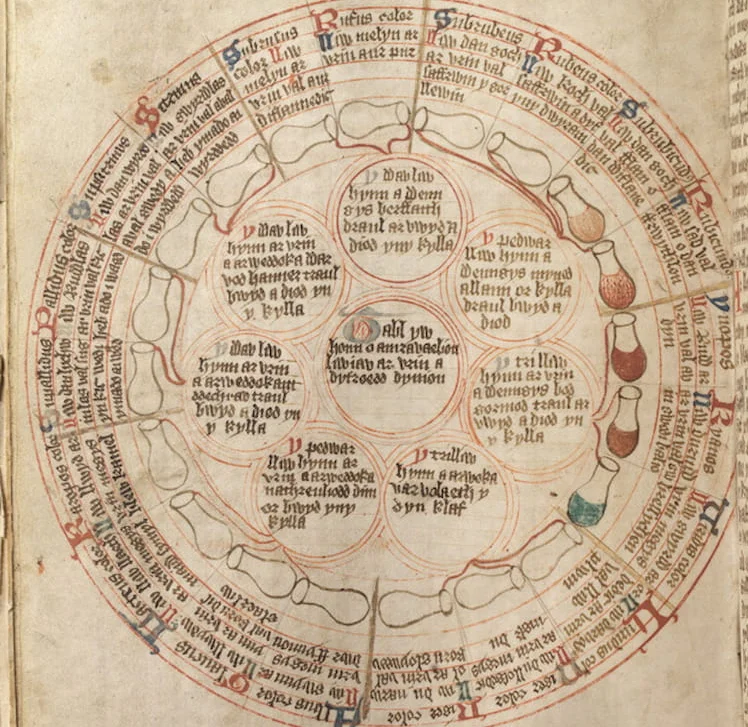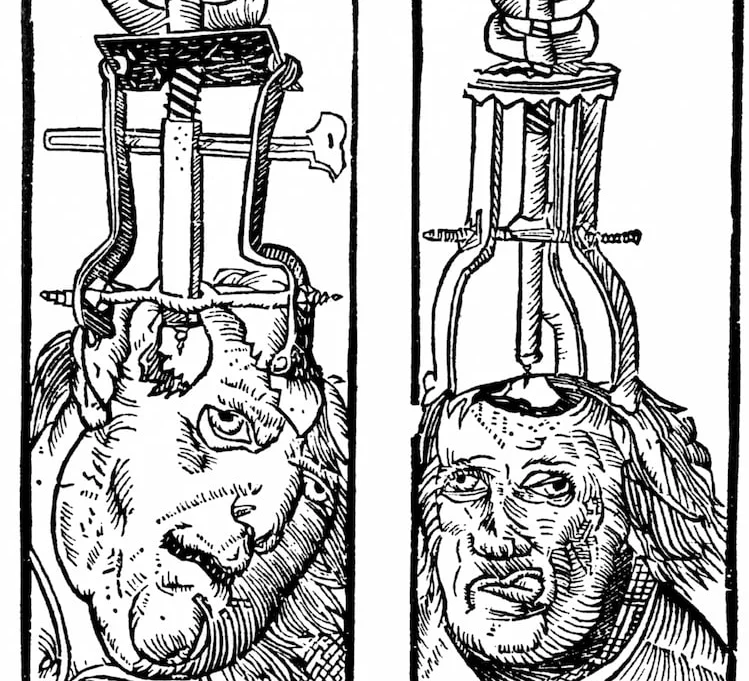In our modern era, the strides of medicine have been shaped by centuries of trial and error. The corridors of medieval Europe, however, reveal a stark reality where the ‘cure’ that Medieval Healing often proved more perilous than the ailment. From mercury-infused potions to bloodletting, the practices of healers and doctors reflected a time when seeking medical aid carried its own risks.
The Realities of Medieval Healing

Journeying through medieval Europe, one encounters a landscape where the prospect of medical treatment wasn’t always a beacon of hope. The infamous Black Death, rampant from 1348-1350 in England, underscored the vulnerability of all classes to deadly diseases. Seeking a doctor’s assistance, even in non-plague times, often signaled impending doom, with preparations for mourning underway. It was a time when many believed that sins of the soul were the root cause of bodily diseases, advocating prayer and meditation over medical intervention.
Varied Expertise Levels: Doctors in a Socio-Economic Tapestry

In a society where around 85% were peasants, spanning serfs bound to the land and freemen with modest holdings, the accessibility of medical care was intertwined with personal wealth. Not all healers had formal training; knowledge was often passed down through generations. The destitute sought remedies from local ‘wise women,’ known for their homemade herbal concoctions, while apothecaries provided rudimentary drugs. For those requiring more invasive procedures, the options ranged from barber-surgeons to esteemed physicians educated at institutions like the University of Bologna.
The Essence of Healing Beliefs: Rooted in Aristotle and Hippocrates
Medieval medical beliefs hinged on the concept of the four humours, a doctrine traced back to Aristotle and Hippocrates. The patient’s bodily fluids, including yellow bile, black bile, blood, and phlegm, became the focus of diagnosis. Tasting a patient’s urine, bloodletting, and leech applications were commonplace practices, reflecting a medical paradigm that often ventured into the bizarre.
Celestial Threads: Astrology’s Influence on Health
Astrological signs were a cornerstone of medieval medicine, influencing practices ranging from folk medicine to formal education. Prestigious universities, such as the University of Bologna, mandated extensive study of stars and planets alongside medical curriculum. The zodiac’s alignment with humours and body parts, coupled with the influence of celestial bodies, played a crucial role in shaping diagnoses and treatments.
Stigma Enshrouded: Mental Health in Medieval Times

Mental disorders in medieval times were often attributed to supernatural forces, be it Satan or witches. Many physician-priests sought spiritual cures through prayer, incantations, and even exorcisms. Extreme measures like trepanning, boring a hole in the head to release evil spirits, showcased the desperate attempts at spiritual healing. While some acknowledged alternative causes, the prevailing belief linked mental illness to humoral imbalances, treated with bleeding, purging, and laxatives.
Gruesome Practices: The Reality of Dental Care

Dental care in medieval Europe unfolded as a grisly affair. Innovations from Islamic physicians, like filing cavities, reached the affluent by the 14th century. Yet, for the less fortunate, visits to barber-surgeons often resulted in agonizing tooth extractions. Charms, potions, and wine-based gargles formed the arsenal against toothaches, reflecting the primitive nature of dental care.
The Scourge Persists: Syphilis’ Menace
By the late 15th century, syphilis cast its ominous shadow across Europe, deemed a divine punishment for immoral conduct. Dubbed the ‘Great Pox,’ it was treated with mercury, despite its acknowledged toxicity. Prescribed for various ailments, mercury emerged as a misguided remedy, exacerbating suffering rather than providing relief.
Conclusion
In the intricate tapestry of Medieval Healing, peculiar practices and steadfast beliefs sculpted the patient experience. From humoral imbalances to astrological influences, the journey through a healer’s chamber was riddled with uncertainties. The stark contrast to contemporary healthcare prompts reflection on the strides made in the medical realm.


